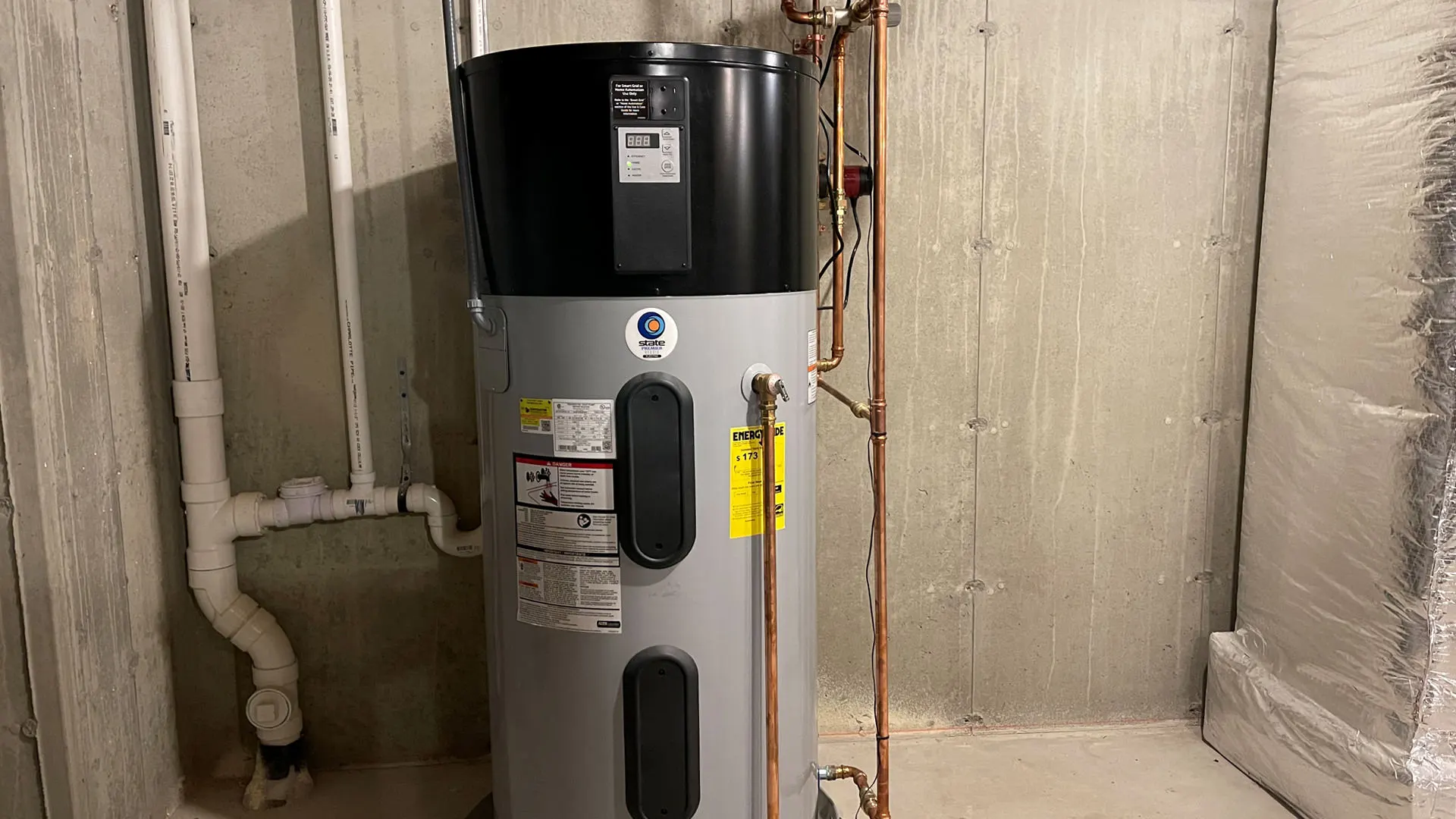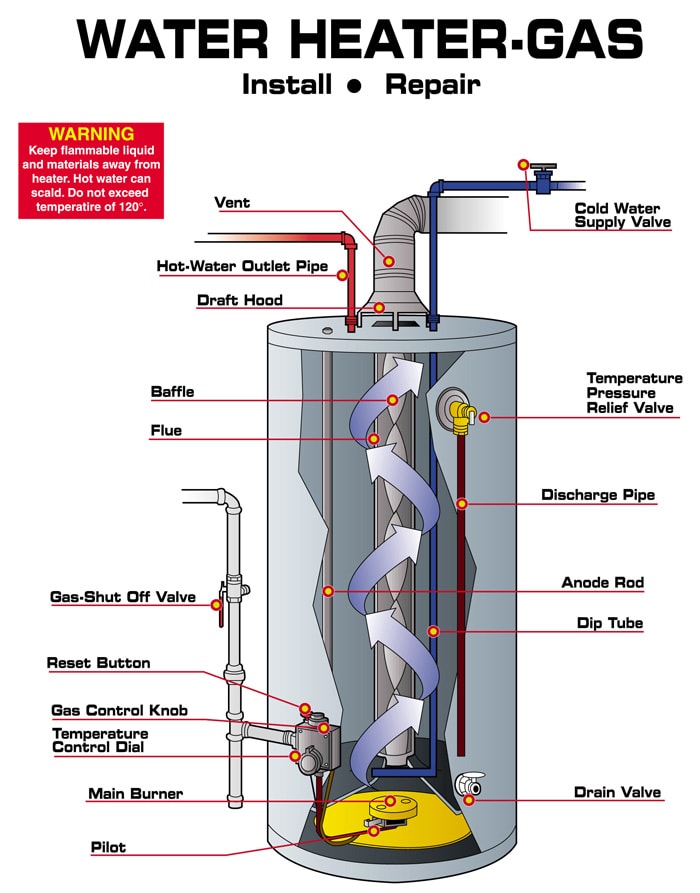Upgrade your home with certified water heater installation in Brea
Upgrade your home with certified water heater installation in Brea
Blog Article
DIY Hot Water Heater Installation: Vital Steps for Success
When taking into consideration a do it yourself water heating unit installation, it is necessary to approach the job with a systematic way of thinking, as the process includes several important actions that can dramatically influence both safety and security and efficiency. Selecting the proper hot water heater for your details demands is just the beginning; preparing the installment area and recognizing the required tools and materials are just as essential. As we discover the organized technique to setup, it emerges that overlooking any information can cause difficulties down the line. Are you prepared to navigate the ins and outs of this home improvement task?
Picking the Right Water Heater
When choosing a hot water heater, it is vital to take into consideration numerous key variables to ensure ideal efficiency and effectiveness - water heater. First of all, review the kind of hot water heater that finest matches your demands. Choices consist of tankless, tank, and warm pump water heaters, each offering distinctive advantages in terms of power efficiency and area needs
Following, examine the ability required for your family. A larger family members might need an unit with a greater gallon capacity or a tankless system that can supply continual warm water. It's also vital to consider the power resource; common alternatives consist of electric, all-natural gas, and propane. Each energy type has implications for installment expenses and lasting energy expenses.
Energy performance is one more crucial factor. Seek units with a high Energy Element (EF) ranking, as these models consume less energy and can dramatically decrease utility bills. Additionally, look for guarantees and brand reliability, as these can suggest the durability and maintenance demands of the system. By thoroughly assessing these elements, you can pick a hot water heater that lines up with your home's specific requirements, ensuring comfort and efficiency for several years ahead.
Tools and Products Needed
Efficiently installing a hot water heater requires not just the ideal option of unit but likewise the suitable tools and materials. Prior to getting started on your DIY task, guarantee you have a thorough listing of things to facilitate a smooth installment process.
Important devices consist of a monkey wrench, flexible pliers, and a screwdriver collection (both flathead and Phillips), which will help you manage various installations and links. Furthermore, a drill with appropriate bits is needed for placing braces or making any kind of called for holes. For security, a voltage tester is essential, specifically when taking care of electric water heaters.
When it comes to products, get Teflon tape to guarantee watertight connections on threaded installations. You will certainly also require a versatile water system line, which can be either braided stainless-steel or PVC, relying on your choices and neighborhood codes. Do not forget to stockpile on fittings, such as couplings and arm joints, to link the pipes securely. A pan or drip tray can assist handle any type of possible leaks, offering an included layer of safety. By collecting these tools and materials in advance, you set the phase for an effective water heater installation.
Preparing for Installment
Before starting the installation of your water heating system, it is vital to analyze the setup website to guarantee it fulfills all required needs. Begin by confirming that the location is well-ventilated, specifically for gas hot water heater, to stop the buildup of harmful gases. Look for the availability of essential connections, consisting of supply of water lines Home Page and electric outlets, guaranteeing they are in excellent problem and effectively situated.

This aggressive approach not only makes certain compliance with local building codes however additionally improves the long life and performance of the water heater. Proper preparation sets the stage for a smooth installment procedure and helps avoid unanticipated concerns.
Step-by-Step Setup Process
With the prep work full and all essential assessments conducted, the next stage involves the detailed installation of your hot water heater. Begin by ensuring that the brand-new system is positioned properly, aligning it with the existing pipes and electric links. For tank-type water heaters, attach the cold water supply line to the inlet, commonly noted in blue, and the warm water line to the electrical outlet, generally assigned in red. Usage Teflon tape on threaded joints to stop leaks (water heater).
Following, secure the temperature and pressure relief valve, which is necessary for safety and security. Attach the discharge pipe to this valve, directing it in the direction of the flooring or a suitable drain location. For electrical versions, link the power supply by removing the cables and protecting them to the heating unit's terminals according to the manufacturer's guidelines.
If you are setting up a gas hot water heater, ensure the gas line is linked properly and look for leakages making use of a soap remedy. Connections are made, fill the storage tank with water before transforming on the power or gas supply. Enable the my link water heater to reach the desired temperature level and check for any leaks around all links.
Ensuring Safety and Effectiveness
Frequently ensuring safety and effectiveness throughout the setup and procedure of your water heating system is essential for optimal performance and longevity. Begin by choosing an ideal area that abides by regional building ordinance and offers sufficient air flow. Ensure that the location is without flammable materials and has adequate room for upkeep and assessments.

After installment, conduct normal examine the unit to discover leaks, corrosion, or uncommon sounds. Set the thermostat to a safe temperature level, typically around 120 ° F, to avoid hot and improve power performance. Protect pipelines to reduce heat loss, which adds to lower power costs.
Conclusion
In verdict, effective DIY water heating unit setup pivots on cautious preparation and execution. Selecting the proper water heater, preparing the installment area, and following a methodical installation procedure are crucial actions.
When taking into consideration a Do it yourself water heating unit installation, it is essential to come close to the task with a methodical mindset, as the process involves a number of crucial steps that can substantially influence both safety and performance.Prior to starting the installment of your water heater, it is vital to evaluate the installation site to ensure it fulfills all necessary needs. For tank-type water heaters, link the cold water supply line to the inlet, usually marked in blue, and the warm water line to the outlet, typically assigned in red.On a regular basis making sure safety and security and performance during the installation and operation of your water heating system is original site critical for optimal efficiency and long life. Selecting the suitable water heater, preparing the installment location, and adhering to a methodical installment process are important actions.
Report this page